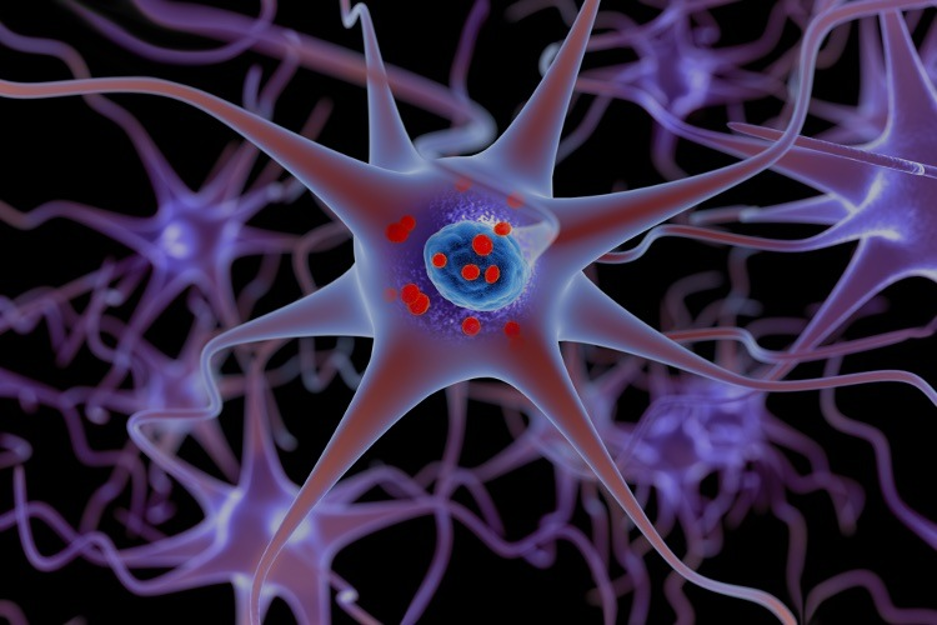
Lars Neumann/iStock/Getty Images Plus
MIT Scientist: COVID Vax Looks Like “Perfect Set-up” for Neurological Damage
Parents should be doing everything they can to avoid vaccinating their children against COVID, since the shots could lead to devastating neurological damage and development of neurodegenerative diseases such as Parkinson’s, argues Dr. Stephanie Seneff, a senior research scientist at the Computer Science and Artificial Intelligence Laboratory of the Massachusetts Institute of Technology.
Speaking with Fox News’ Laura Ingraham on Monday, Dr. Seneff, who has been conducting research at MIT for over five decades, said that based on everything she has learned so far about the COVID shots, it is absolutely “outrageous to be giving vaccines to young people,” because they are at almost zero risk of dying from COVID and “don’t get a benefit [from COVID vaccinations]. And when you look at the potential harm from these vaccines, it just doesn’t make any sense,” she said.
And repeated boosters, added Dr. Seneff, will be “very devastating in the long term.”
When asked to explain in layman’s terms how the shots could cause neurodegenerative diseases, Dr. Seneff said, “[The] vaccine gets injected into the arm, and the muscle cells get very upset. They bring in a whole bunch of troops. The immune cells come in. They take up the vaccine themselves. They take up those nanoparticles and start making spike protein. The particles basically get your cells to produce lots and lots of spike protein.… Spike is the most toxic part of the virus.”
These cells, the scientist further explained, rush to the lymphatic system, with many of the cells that are “taught” to make spike protein ending up in the spleen. “This is where you want them to be to produce the antibodies. That’s the goal.” Although the vaccine manufacturers are “happy” to see lots of cells making spike protein accumulating in the spleen, where they invoke the immune response, “The problem is that those terminal centers in the spleen are really the place where Parkinson’s Disease” — and likely many other neurodegenerative diseases — develops.
After explaining the medical mechanism of how Parkinson’s is generated, the doctor concluded, “it feels to me like this is a perfect set-up for it.”
That statement contradicts the U.S. Centers for Disease Control and Prevention’s (CDC) claims that the cells expressing spike protein remain in the shoulder muscle and that viral spike protein is a “harmless piece of the virus.”
In May 2021, Seneff and Dr. Greg Nigh published a paper entitled “Worse Than the Disease: Reviewing Some Possible Unintended Consequences of mRNA Vaccines Against COVID-19” in the peer-reviewed International Journal of Vaccine Theory, Practice, and Research.
In that paper, the researchers argue that even though the mRNA vaccines’ use against infectious diseases was “unprecedented in many ways” and drastically unstudied, they were still unrolled for the general population.
For example, they note,
Development of mRNA vaccines against infectious disease is unprecedented in many ways. [According to] a 2018 publication sponsored by the Bill and Melinda Gates Foundation … Unprecedented represents a category of vaccine against a disease for which there has never before been a suitable vaccine.… [U]nprecedented vaccines are expected to take 12.5 years to develop. Even more ominously, they have a 5% estimated chance of making it through Phase II trials (assessing efficacy) and, of that 5%, a 40% chance of making it through Phase III trials (assessing population benefit). In other words, an unprecedented vaccine was predicted to have a 2% probability of success at the stage of a Phase III clinical trial. As the authors bluntly put it, there is a “low probability of success, especially for unprecedented vaccines.”
The paper by Seneff and Nigh also notes that the mRNA vaccines were shown to “travel” via the lymphatic system, and the highest levels of viral mRNA after vaccination were found in the spleen and liver.
The authors write that spike protein shows indications of acting like a prion — a type of protein that can trigger normal proteins in the brain to fold abnormally and trigger development of prion diseases, including Alzheimer’s, Parkinson’s, and amyotrophic lateral sclerosis (ALS).
“Experimental mRNA vaccines have been heralded as having the potential for great benefits, but they also harbor the possibility of potentially tragic and even catastrophic unforeseen consequences,” the authors conclude as they call on health authorities to adopt research and surveillance practices on the vaccines’ side effects.
Seneff is not the only scientist who has been warning that COVID vaccines — either mRNA- or viral-based — do not remain in the injection site. Among the first scientists to raise concerns about the vaccines traveling to various organs and wreaking havoc was Canadian immunologist and vaccine researcher Byram Bridle, Ph.D, associate professor of viral immunology at the University of Guelph, who publicized Pfizer’s biodistribution study from a Japanese regulatory agency showing that spike protein in inoculated people is found in the spleen, liver, adrenal glands, and ovaries. Bridle also emphasized that spike protein crosses the blood-brain barrier and causes neurological damage.
With the lack of research on the new vaccines — and the very real danger of development of neurodegenerative diseases — Seneff called on parents who are being pressured to vaccinate their children to “absolutely do everything they can” to avoid it.
Veronika Kyrylenko
Veronika Kyrylenko, Ph.D. is a linguist and a freelance writer whose work has appeared at the Western Journal, American Thinker, The Hill and other publications. GETTR: @vkyrylenko LinkedIn: https://www.linkedin.com/in/nkyrylenko/
Published with Permission of thenewamerican.com
